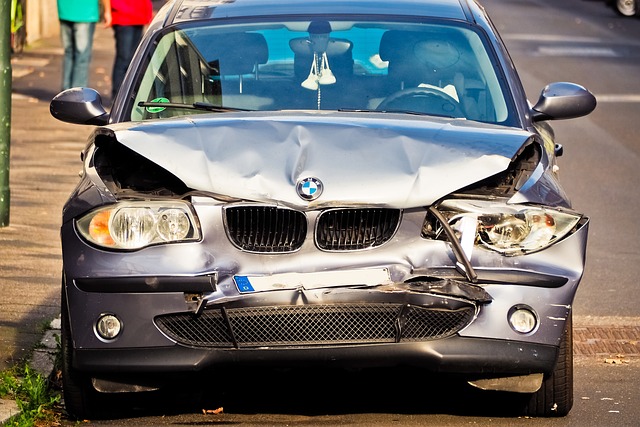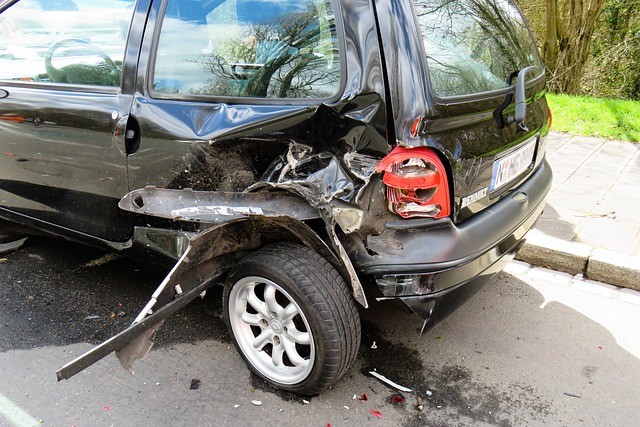Car accidents are unfortunately common, and when they occur, it’s crucial to determine who is at fault. Proving negligence is often central to such determinations, playing a pivotal role in legal proceedings. This guide will delve into the intricacies of proving negligence in a car accident, examining the elements involved, the evidence required, and the steps you can take to build a strong case.
Understanding Negligence in Car Accidents
Negligence, in the context of car accidents, involves a failure to exercise reasonable care while driving. To establish negligence, four key elements must be present: duty of care, breach of duty, causation, and damages. The duty of care requires drivers to adhere to a standard of reasonable behavior on the road. Breach of duty occurs when this standard is not met. Causation establishes a direct link between the defendant’s actions and the accident, while damages refer to the harm or losses suffered.
To better understand negligence, consider scenarios where a driver fails to signal while changing lanes, speeds excessively, or disregards traffic signals. In cases involving distracted driving, a direct link between the defendant’s actions and the resulting harm may be evident in instances where a driver’s failure to focus on the road directly leads to a collision. By understanding the nuances of negligence, individuals involved in car accidents can navigate legal proceedings more effectively.
Gathering Evidence to Support Negligence Claims
When it comes to gathering evidence to support negligence claims in the aftermath of a car accident, a comprehensive approach is essential. Accident reports and police statements serve as the foundational documentation, providing an official record of the incident. Collaborating with eyewitnesses can offer additional perspectives on the events leading up to the accident, enhancing the overall credibility of the case. Photographic evidence, including images of the accident scene, vehicle damage, and relevant road conditions, is crucial in visually demonstrating the aftermath. Video footage, if available, can further strengthen the case by providing a dynamic portrayal of the incident. To organize and utilize the evidence you collected, as yourself: How can a car accident lawyer near me help me with the evidence I gathered? Consulting with a car accident lawyer early in the process is crucial, as their expertise can guide the gathering of evidence and ensure that all essential elements are considered.
In addition to eyewitness accounts and visual evidence, traffic violations and citations issued by law enforcement play a pivotal role in establishing negligence. These official records highlight instances where the defendant breached traffic laws, contributing to the overall case for negligence. Seeking medical attention promptly and retaining detailed records is equally crucial. Medical documentation, coupled with expert testimonies, links the defendant’s actions directly to the injuries sustained, establishing a clear connection for the causation element of negligence. Engaging with a car accident lawyer not only facilitates the gathering of this evidence but also ensures that legal professionals can adeptly navigate the complexities of the legal process, increasing the likelihood of a successful negligence claim.
Establishing Duty of Care
The duty of care is a foundational element of negligence. In the context of driving, it involves the responsibility to operate a vehicle safely and attentively. This duty extends to all road users, emphasizing the need for cautious and responsible behavior behind the wheel.
Proving duty of care often involves demonstrating the defendant’s role as a driver and the associated responsibilities. The standard of care may vary depending on the circumstances, such as driving in adverse weather conditions or through construction zones. Comparing the defendant’s actions to the expected standard in a given situation is crucial to establishing a duty of care.
Proving Breach of Duty
Once the duty of care is established, the focus shifts to proving that the defendant breached this duty. This requires identifying specific actions or inactions that deviate from the expected standard. For example, failing to yield the right of way, ignoring traffic signals, or driving recklessly can all constitute a breach of duty.
To strengthen this aspect of your case, it’s essential to provide detailed accounts and evidence of the defendant’s behavior leading up to the accident. This could include witness statements, traffic camera footage, or even an admission of fault by the defendant.
Demonstrating Causation
Causation is the element that links the defendant’s breach of duty to the actual occurrence of the accident. Establishing causation involves demonstrating that the defendant’s actions were the direct cause of the collision and subsequent damages.
This may require ruling out other contributing factors that could have led to the accident. Accident reconstruction experts and other specialists can provide valuable insights into the sequence of events, helping establish a clear connection between the defendant’s actions and the resulting harm.
Documenting Damages
In negligence claims, damages refer to the losses suffered by the victim as a result of the accident. These can encompass property damage, personal injuries, and even emotional distress. Thorough documentation of each type of damage is crucial for a comprehensive case.
For property damage, gather repair estimates and evidence of the vehicle’s diminished value. In personal injury cases, medical records, bills, and expert testimonies can provide a clear picture of the physical and financial impact. Emotional distress, though challenging to quantify, may be supported by psychological evaluations and the victim’s testimony.
Building a Strong Case
To build a strong case, collaboration with legal professionals is often necessary. Experienced attorneys can guide you through the process, ensuring that evidence is presented effectively and that all legal requirements are met. Timely filing of lawsuits is crucial, as there are statutes of limitations that determine the allowable timeframe for legal action.
Consistent communication and cooperation between the victim and their legal team are essential. This ensures that any new developments or evidence are promptly addressed, strengthening the overall case.
Defenses Against Negligence Claims
Defendants often employ various defenses to counter negligence claims. Common defenses include arguing contributory negligence, asserting an assumption of risk, or claiming an unforeseeable emergency. It’s crucial for the plaintiff’s legal team to anticipate and counteract these defenses with strong evidence and persuasive arguments.

In conclusion, proving negligence in a car accident requires a comprehensive approach, from understanding the elements of negligence to gathering solid evidence and building a strong case. By establishing a duty of care, proving a breach of duty, demonstrating causation, and documenting damages, individuals can navigate the legal landscape with greater confidence. Seeking legal advice and representation is often instrumental in achieving a favorable outcome, ensuring that justice is served and rightful compensation is obtained. Remember, the road to justice begins with a thorough understanding of negligence and a commitment to presenting a compelling case.


